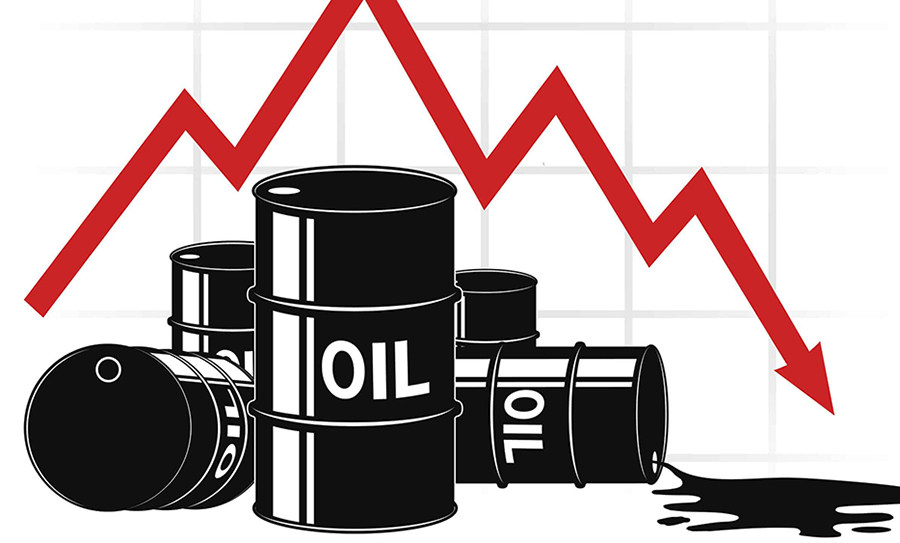In 2016, low prices caused a fall in global oil production and these cuts saw oil prices bounce back to $105 per barrel by December 2016. The oil price decline was generally suffered by customers in consuming nations. For instance, in China and India-have exploited the decrease to lessen appropriations on oil expenditure and in this manner reinforce their financial positions as typically done when prices crash.
Lagging development in rising economic powers, above all in China prompted a sharp drop in nearly all stock prices no matter how you look at it.
OPEC’s policies were truly influenced by the 2014 fall in price. Shale creation denied OPEC of a huge segment of its market power, constraining OPEC to help different producers to keep costs up after Saudi Arabia viably announced destruction in the price war in 2016.
READ: Crude oil prices drop, major oil powers to ease record oil supply curbs
OPEC made sure about a cut in its oil production from 33.8million barrels a day to 32.5million b/d with an end goal to prop up costs. Oil prices had fallen by the greater part since mid 2014 because of worldwide oversupply and blasting US shale creation.
The cost of oil plummeted from an apex of $115 per barrel in June 2014 to near $35 toward the end of February 2016. Brent exchanged for above $100 a barrel for quite a while until 2014 dropping to nearly $26 in 2016.
Brent unrefined costs were up over 8percent as the arrangements were reported, exchanging around $50.12 a barrel while WTI was likewise up over 8percent and exchanging at roughly $49.97 a barrel.
READ MORE: OPEC+ asks Committee to monitor Nigeria, others over extended oil production cuts
2020 Oil price war
The price war in 2020 was activated by a collapse in discussions between the OPEC and Russia over proposed oil production cuts amidst the COVID-19 pandemic. The price war led to significant circumstances on the oil economy which was the energy equivalent of the 2008 financial crash.
Towards the beginning of March, Russia and OPEC failed to agree on how their arrangement to cut oil productivity should work. OPEC needed to go forward with the cuts while Moscow proposed analyzing the effect of the coronavirus on the economy before making cut. This precautionary move led to the collapse in negotiations between other OPEC members.
READ ALSO: Nigeria generates over N1.2 trillion oil revenue in 3 months, up by 44.1%
OPEC suggested extra production cuts of 1.5million barrels every day beginning in April and reaching out until the year’s end. Russia dismissed these extra cuts. Also, in 2020, due to the worldwide Coronavirus pandemic and COVID-19 lockdowns, a negative oil price of $37.63/bbl. for May’s WTI contract accompanied storage tankers in the U.S.
The 2014-2016 oil price crash happened step by step, through unchecked supply increases and Shale Creation.
2020’s crash occurred in only half a month after collapse in discussions. Political and diplomatic measures are needed to avoid future crashes and to support rebalancing of the oil economy.
